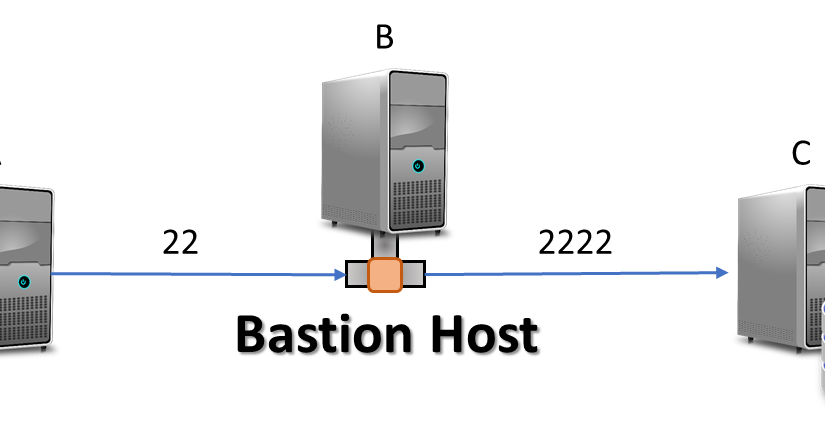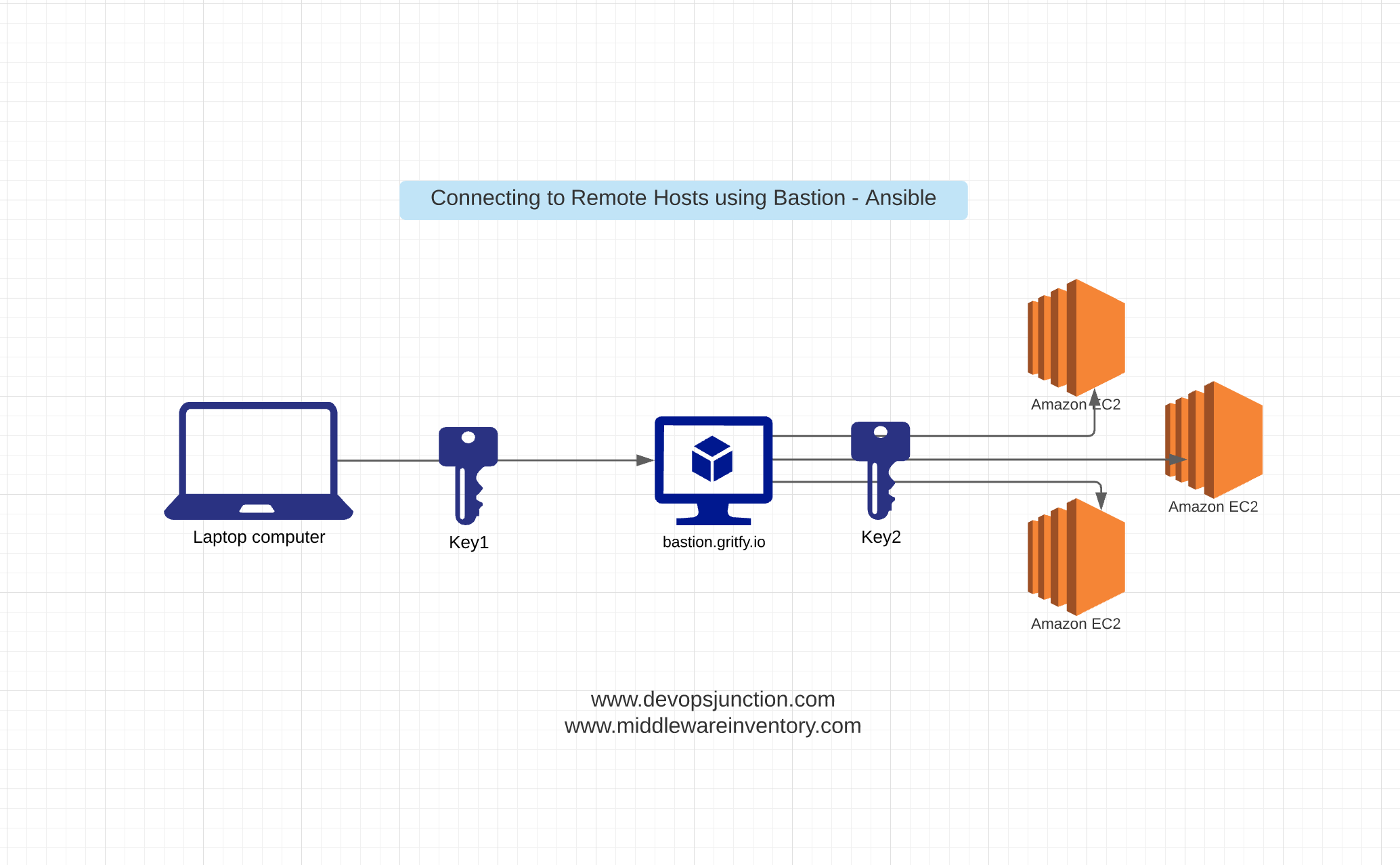

We will have to edit the lifecycle configuration to write that address into a file so we can see it from the browser.įollow the steps as done below to edit the lifecycle configuration, and if you are new to the term lifecycle configuration and how to set it up, check our previous blog. Prox圜ommand ssh -W %h:%p The next step is to make sure that we always know the internal address of the SageMaker machine so as to be able to create the connection. In your ~/.ssh/config file, add the following that will make sure all connections to hostnames ending with.In your AWS account, change the security group of your SageMaker machine to allow inbound TCP traffic on port 22 from the bastion group.Now after we have made sure that we can SSH into our bastion, it is time to set it up ready to connect to the AWS SageMaker machine. pem file you use to access your EC2 instances will be made available when you try to connect to the AWS SageMaker notebook instance.Īfter following the above steps successfully, you are able to SSH into your bastion server by just typing in ssh bastion from the command line. Where hostname is the IP address of the bastion host and the username is the one that use to log into the server.įorwardAgent yes sets up SSH forwarding from your local machine to the Bastion host so that the.


Step 4: Now, edit your local ~/.ssh/config file and add the following: Host bastion Step 3: In your AWS account, change the security groups of existing instances so that any inbound SSH is only accessible via the Bastion host’s IP address. This will control who accesses the Bastion so that it will be only you and other teammates who add their IPs. Step 2: After creating the EC2 instance, create a security group for the Bastion host that opens up port 22, which is for SSH, and then select “My IP” as the source. The only purpose of this EC2 instance is to access other servers, so you should take one that is small with less cost. Step 1: Create an EC2 instance on your AWS account. In the following steps, we are going to set up a bastion host that will help us to create a connection to SageMaker. In the context of using SSH to connect to AWS SageMaker, a bastion host is a server instance (EC2 instance) that you have to SSH into before you are able to SSH into the AWS SageMaker notebook instance. The bastion host runs on an Amazon EC2 instance that is typically in a public subnet of your Amazon VPC. It is usually powerful with high network security as this is the only host which is allowed public access.Īmazon VPC enables you to launch AWS resources on a virtual private network that you have defined. Introduction to Bastian HostĪ bastion host which is also called a “Jump box or server” is the only host or computer which is allowed to access a public network. If you want a quicker solution for your team, consider Saturn Cloud Hosted Organizations or Saturn Cloud Enterprise. JupyterHub installations can be complex to set up and even more complex to manage. If you haven’t gone through our last blog on Using SSH to connect to AWS SageMaker using ngrok reverse proxy, I advise you read it before reading this. This is one of the ways of using SSH with AWS SageMaker, today we are going to look at another method of creating communication between your local computer with the AWS SageMaker notebook instance, using Bastion host (Internal proxy solution) In our last blog, we explained how you are able to connect to the AWS SageMaker notebook instance through SSH using ngrok reverse proxy which is a 3rd party proxy. The only problem is that these instances do not have a public IP address, and because of this the only way is to either create a reverse proxy or connect to the instance through a bastion host. AWS does not natively support SSH-ing into SageMaker notebook instances, but nothing really prevents you from setting up SSH yourself.


 0 kommentar(er)
0 kommentar(er)
